When setting up your new speakers, it’s important that you use the right connectors.
Certain types of speakers and wires come with different components that do not always fit together, so you need to know each different type so you can work out which wire connectors work with your speakers and which ones won’t.
Otherwise, your audio systems could end up producing distorted noise, suffer from signal loss and just sound unclean.
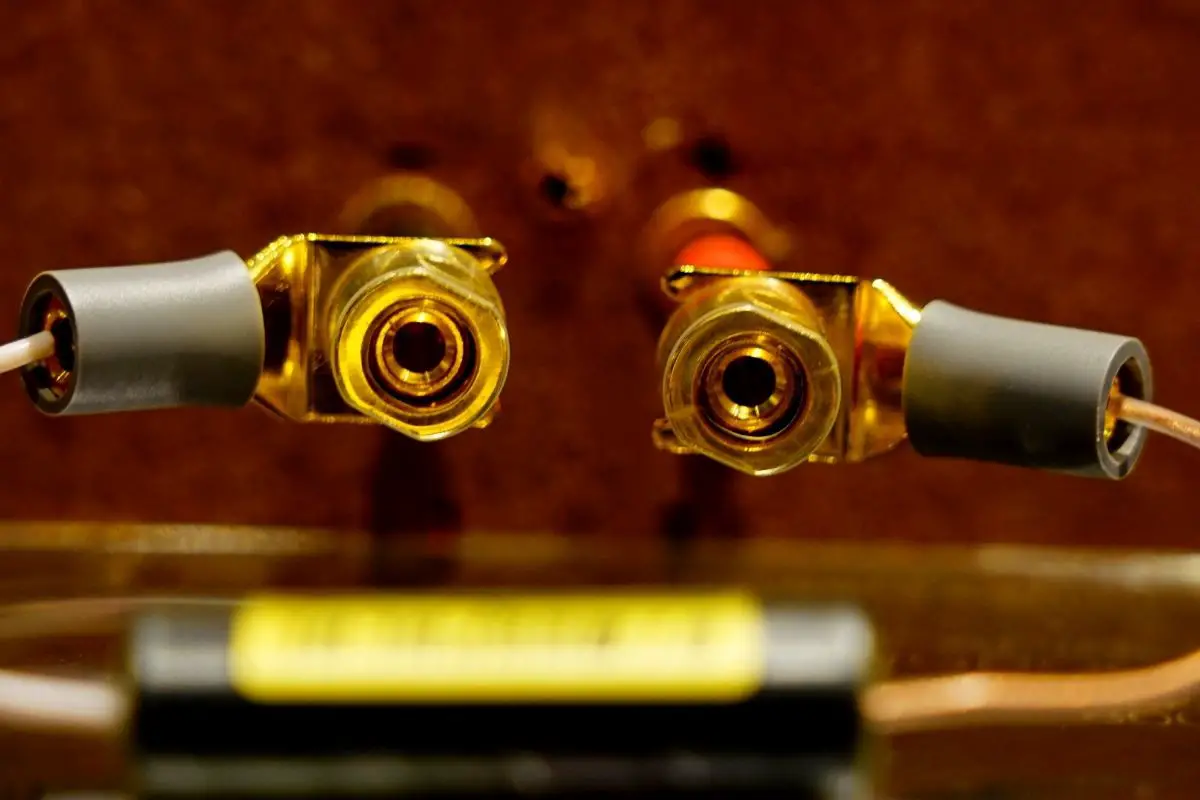
This can all negatively affect your experiences so it’s super important that you understand the different types of wire connections for speakers.
To help you with this, we have pulled together this great guide to all the different types of wire connectors. Check through each one and see if you recognize any.
That way, you know exactly what components you need to connect your speakers to other kinds of devices like amplifiers, subwoofers and systems.
So, read the information down below and we hope this will be super useful to you in the future!
Types Of Wire Connectors For Speakers
Here we are going to go through each of the different yet common types of wire connectors you will need to use when setting up speakers.
Check through this list, find the ones you need and should be able to get back to listening to your desired audio in no time!
Spade Connectors
This type of wire connector is actually available in different styles but its crimp-on connectors are one of the most commonly used for electrical connection. Thus, it is one of the most widely used types of connector for speakers.
They are named spade connectors and yet they look more like forks with two long prongs that come together at the end, creating a wide U shaped gap between the two prongs.
Their appearance also means that they are sometimes called ‘fork’ connectors.
They are made to connect with screw or stud type electrical connections, plus they are very easy to slip into the spade terminal for electrical connection.
Their compact size and ability to fit entirely into a terminal makes them great for installation where there is limited space.
Plus, because they are so common, they are also super easy to replace if they are ever damaged or broken.
Banana Connectors
Some speakers or receivers that you may want to use come with binding post terminals – these are the chassis mounted connectors that stick out from your equipment.
A common type of connector used for these kinds of terminals are banana connectors, or sometimes recognized by their alternative name banana plugs.
They are long single-prong connectors that are quite thick and yet can insert themselves into a binding post hole with ease.
They also use a metal collar to conduct the power into the device. Their sleeves are usually colored black or red and sometimes they come in pairs with more than one banana connector.
This is because some devices have more than one binding post terminal and thus, need more than one single connector.
Pin Connectors
Pin connectors have a lot in common with banana connectors. Both feature a long single prong, both can connect with binding post terminals, and both have insulated sleeves that are usually colored black or red.
The main obvious difference is the thickness of the prong. While banana connectors are quite thick, pin connectors are much thinner like a pin – hence why they are called pin connectors.
Despite having so much in common with banana connectors, they are far less common to find in use, especially when it comes to speakers.
This is most likely due to the fact their much thinner make also means they are easier to break or damage than banana connectors although this is a very minimal difference.
Speakon Connectors
This type of trademarked wire connectors are one of the most secure and were, in fact, the first ones ever designed to connect specifically with amplifiers and professional speakers for a far more secure fit.
They can be used for both screw connections or soldered connections.
Speakon connectors are available in three different designs. These designers are the two pole design, the four pole design or the eight pole design.
Visually, each design is slightly chunkier than the previous one but you cannot physically see the different poles because everything is encased in a plastic body, which is usually black and blue.
The difference between each design when it comes to use is that they each are capable of being used for different amounts of speakers.
For example, the two pole designed speakon connector can be used for one speaker, while the eight pole design speakon connector can connect to four different speakers instead.
This means that when choosing which design of speakon connector you desire, you need to think about how many speakers you intend to connect with the same connector.
There are also more advantages to speakon connectors that each of the three designs share.
They are capable of carrying way more electric current than other types of connectors, plus they all feature a non-shorting electrical contact feature which means it’s much safer to plug and unplug this type of connector.
They are also locking plugs which means they connect more securely to the terminals.
RCA Connectors
Everyone is familiar with RCA connectors even if they don’t know what they are. These are the most common types of connectors in general and are even used for connection audio from televisions, computers, and a range of other common household items.
Although technology does seem to be moving further away from these types of wire connectors (they have been around since the 1940s after all) but you can still find them on a lot of speakers.
RCA connectors are also known as phono connectors and are very inexpensive to make and buy, which is why they are so commonly used.
They are connectors that come with three different connectors attached together, each with a very short pin-like prong.
One will have a casing in red, another in white, and the final one in yellow – and each one has a different purpose for carrying audio.
So, despite their age and the fact this type of connector has been around for decades, they are still widely used when it comes to transmitting audio and using speakers because they are so affordable and easy to use.
This means you are way more likely to see this type of connector on budget or older speakers.
XLR Connectors
When it comes to the audio and video industry, you may see a lot of XLR connectors because they mostly used to connect microphones with speakers.
While this does make them a very niche type of wire connector for speakers, they are still very easy to find and use because so many people use them for recording and performing purposes.
So, if you work in this type of industry, it is very likely that you will come across XLR connectors and need to use them in your work.
XLR connectors are quite long and chunky due to their black plastic bodies, and feature three pin prongs wrapped inside a black tube.
This tube helps protect the prongs as well as helps secure the fit into the terminal, allowing this connector to transmit audio with a lot of power so it can sound clean and loud.
Because of this, it’s very easy to see why XLR connectors are mostly used for microphones!
Quarter Inch Connectors
This type of wire connectors are very, very common for budget and recreational use speakers. Because of how common they are, quarter inch or 1/4″ wire connectors are used to connect more devices than speakers to a range of other sources of audio.
They are also used for stereo headphone adaptors, splitters, speakers and for many other types of recreational devices.
You most likely already have a few of these connectors lying around your house, probably connected to wire headphones or computer speakers.
They are long, single prong connectors with at least one ring around the near end of the prong, which also features a strange cone shape design to make it stand out against other prong-like connectors.
They do come with different designs, some thicker and with more rings to be better suited for larger pieces of equipment, but many of us are already familiar with this type of wire connection.
Although you probably won’t be using these for industry standard audio equipment, they work great for smaller, less expensive devices for home recreational use.
Mini Jacks
Mini jacks are a lot like quarter inch connectors but are a lot smaller and not regularly used for higher quality products and speakers.
They are usually 3.5 mm round and are a lot more commonly used for recreational earphones and headphones because they are so affordable to make and buy.
This wide range of use means that many devices like computers, laptops and phones come with a terminal for mini jacks as their smaller size means they can be used on compact devices.
However, they don’t work well for devices like amplifiers as their limited size means they cannot carry enough amps and power for extremely loud use.
Digital Optical Connector
This type of connector is pretty rare when it comes to speakers but sometimes, you may come across this when working with sound bars or TV sets so it is worth mentioning in this guide.
Digital Optical connectors (also known as SPD/IF connectors) are a type of connector that transmits signals digitally through fiber optic cables.
Now, this type of connector is sometimes called TOSLINK and is generally considered to be one of the purest, cleanest forms of signal transfer.
This means that using a digital optical connector could result in the audio produced from your speakers being so much purer than when other cables are used.
However, there are some drawbacks. Digital optical connectors are rare because they are very expensive to make, especially when compared to other types of cables and connectors.
Due to this reason, many devices are not compatible with a digital optical connector and so – having one in your arsenal of connectors and wires may result in it never being used.
What Are The Most Common Types Of Wire Connections For Speakers?
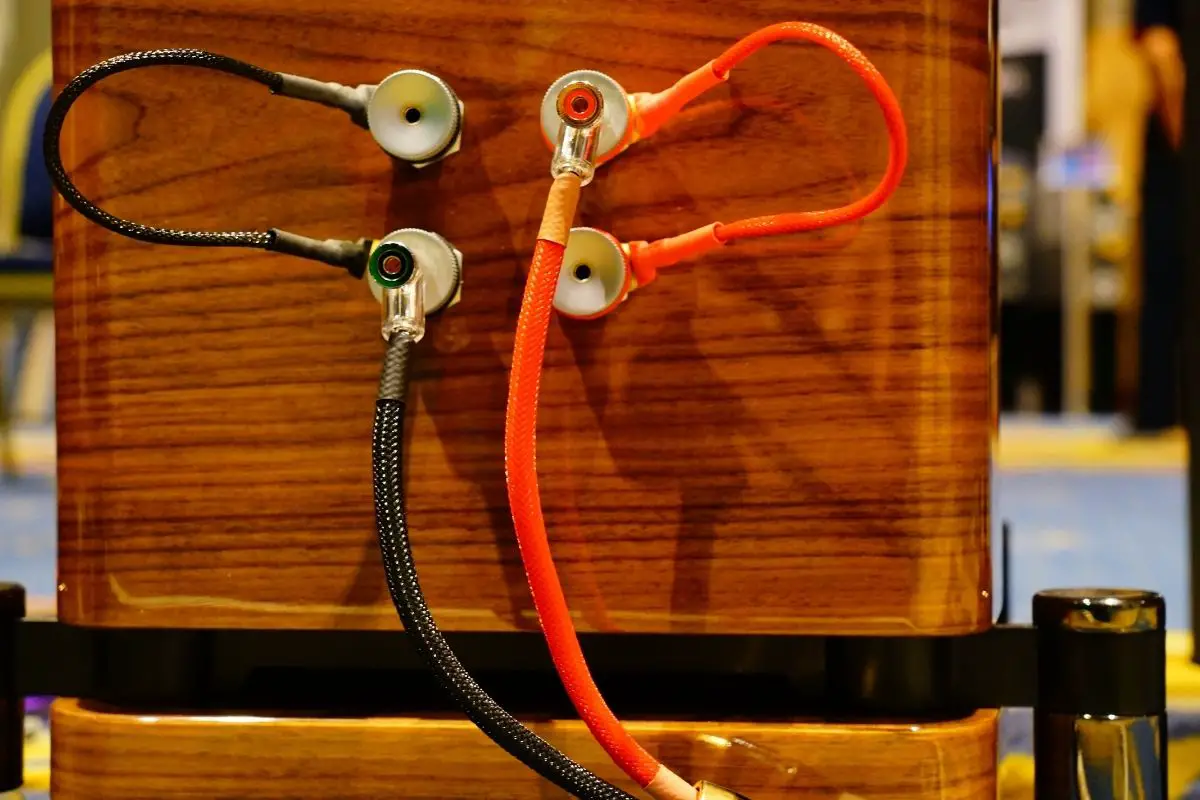
As you can see, there are so many different types of wire connections used to connect speakers to a range of other devices, power sources and audio sources.
Because of this, it can be tricky trying to work out which wires and connectors you should purchase to keep as spares so you have plenty to use if you ever get caught in a pinch.
Trying to purchase spare connectors for every single type used for speakers can be super expensive in the long run, plus you will have to find somewhere to store all of these connectors that you may never end up using.
So, how can you save yourself space and money?
Well, just purchasing spare wire connectors for the most common types of wire connectors used for speakers is a great way to make sure that you have spares available that you are most likely to use.
So, now it’s just a question of which wire connectors are the most used for speakers?
We would recommend that you stock up on banana connectors, spade connectors and pin connectors as they are probably the most likely connectors you will need when working speakers.
They are all very common so you can purchase them easily for a low price plus they can be used for a few different terminals which makes them versatile and super handy to have close by.
For spade connectors, check out these ones available from the company TICONN. They have more than 100 pieces on offer for such an affordable price so you can keep plenty of both male and female spade wire connectors safe in a great case.
There are three different colors available so you can color code your wires to keep track of which is which.
The plastic case that the connectors come in is also a great accessory to help you easily store your spare connectors in a safe place, keeping them protected from damage.
For banana connectors, these ones available from Monoprice are gold-plated for improved power conductivity and they can easily be screwed into place for some fancy looking wire connectors!
You can purchase up to 20 pairs and receive both male and female connector genders in each pack.
And finally, for pin connectors, we would recommend you purchase these super affordable ones from Molex.
They come in a range of sizes and even include a few crimp pin connectors in both male and female genders.
There are 40 pairs all together – which is plenty to keep as spares so you can easily replace any broken or damaged ones on your wires.
Out of all the wire connectors, we would strongly recommend that you purchase spares for any pin connectors you have because they are the ones that are most likely to break or be damaged after a bit of heavy handling.
So, pick up some of these from Molex to keep some spares handy.
So, now you know which wire connectors are the most common ones used for speaker connections. This means you can take a look at the recommendations above and pick up some spares for your projects.
However, if you already know what terminals your speakers have and you don’t plan on switching models any time soon, then you might as well purchase spare connectors that work for those terminals.
If you ever end up not using them, then you can just sell them second hand to save yourself a few dollars!
Conclusion
And that’s it! All the possible types of wire connectors you can come across when working with speakers.
Whether it’s budget recreational speakers plugged into your computer or industry-level speakers you intend to use for a home theater or performances, each speaker is sure to have a bunch of different terminals for different uses.
This means that you are sure to be forced to work with a lot of different wire connectors.
We hope that this article has helped you understand the various types of speaker wire connectors that exist today and hopefully you will be able to order some spare ones for your next project.
- How Do I Connect My Samsung Soundbar To Bluetooth? - February 5, 2024
- How To Connect Soundbar To TV With Optical Cable? - February 5, 2024
- How to Choose the Right Audio System for Your Home Theater Setup - April 25, 2023


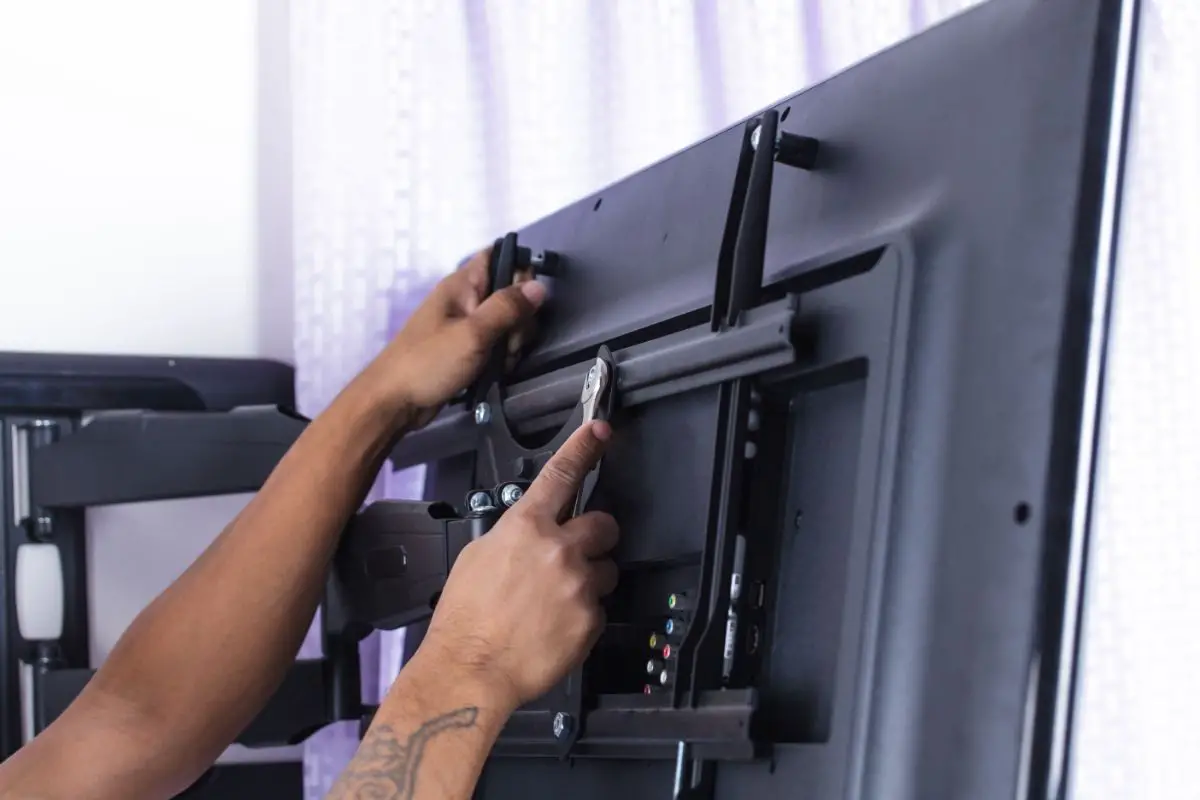
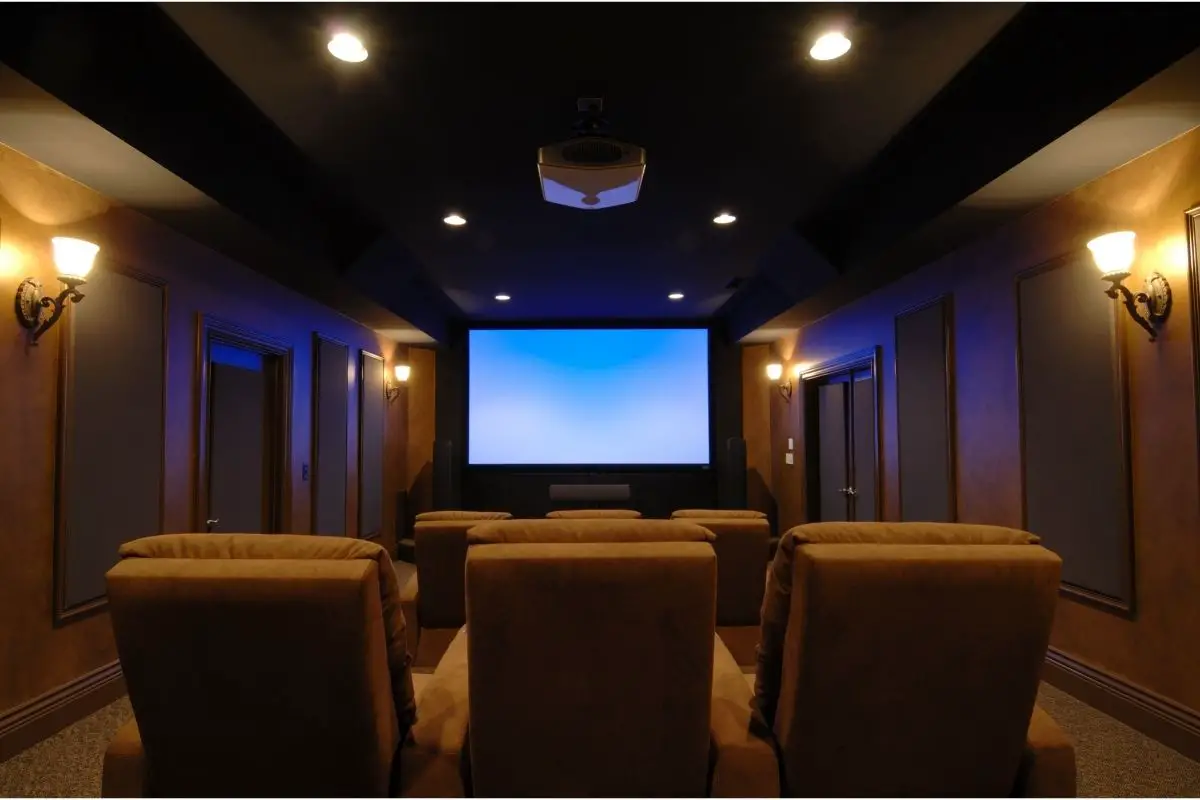
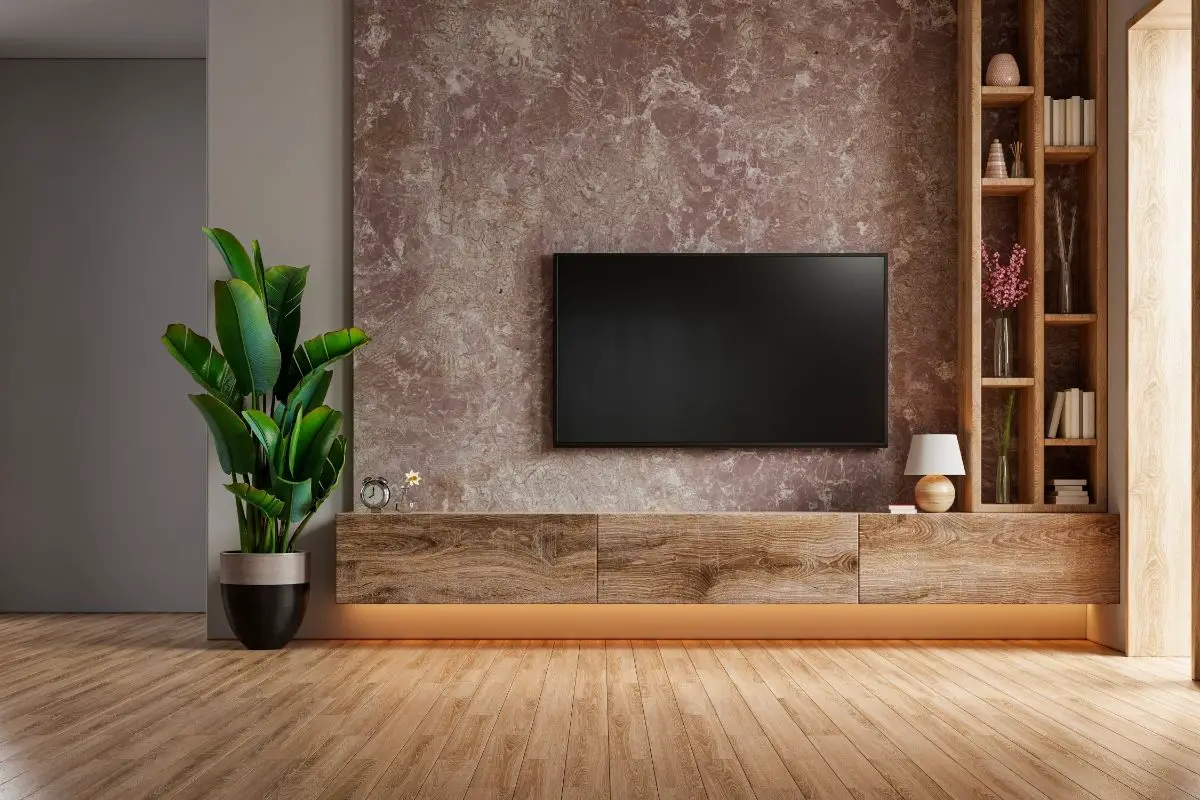

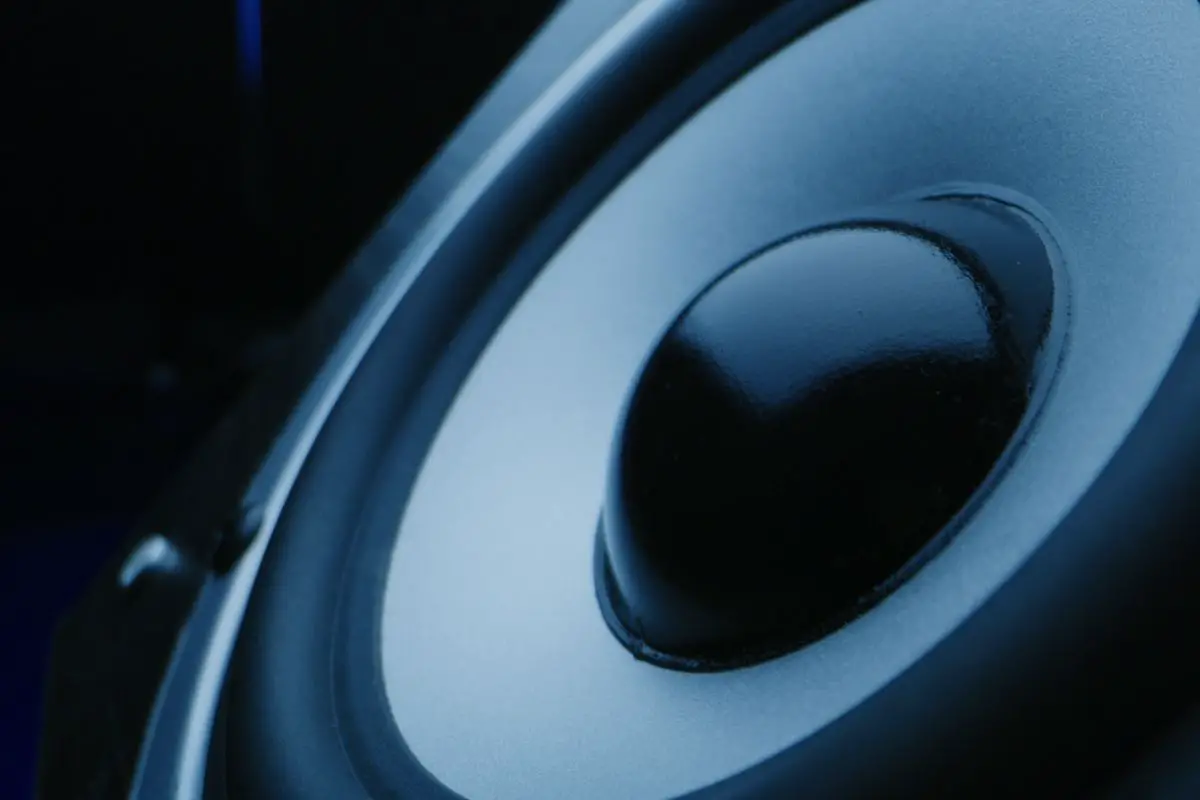
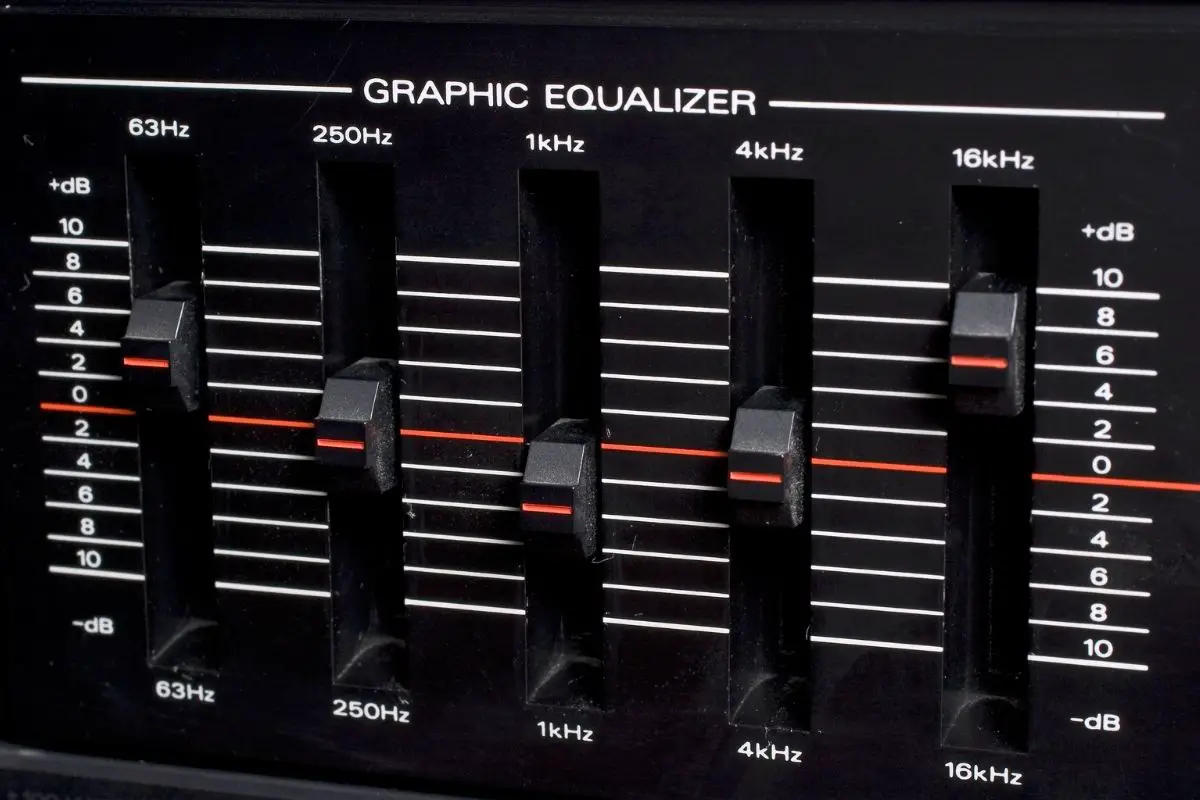
![Bose Soundbar Remote Not Working? [Quick Fix Guide] bose soundbar](https://www.cinemaequip.com/wp-content/uploads/2022/07/bose-soundbar-1-150x150.jpg)